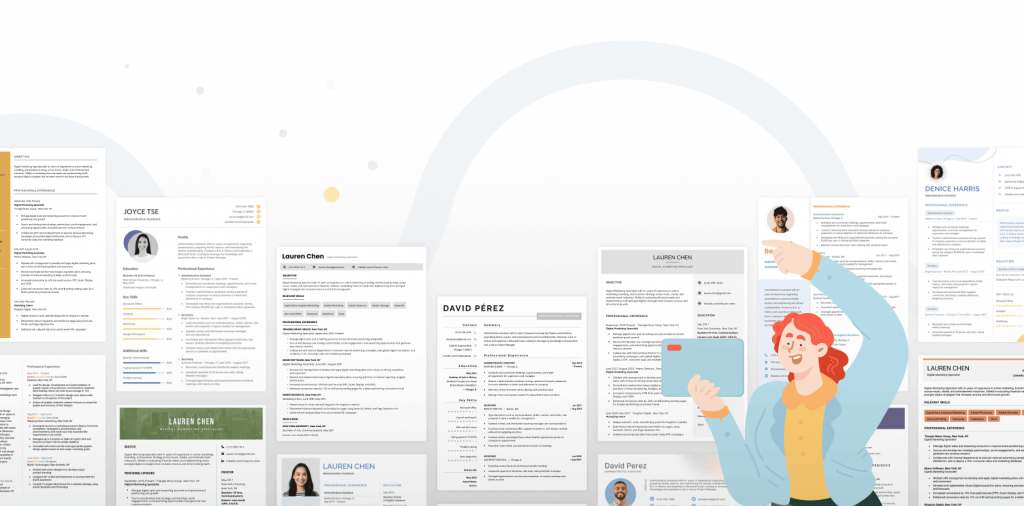
In today’s competitive job market, a well-written resume is essential to standing out from the competition. Your resume should be both visually appealing and organized in a way that shows your best accomplishments, skills, and experiences. Crafting the perfect resume examples can be intimidating, but with the right approach you can make sure to craft an effective and professional resume that will get you noticed by potential employers.
When writing your resume, it is important to highlight your best skills and accomplishments. Make sure that these are related to the job you’re applying for, as employers want to know that you have what it takes to succeed in their organization. Be concise when listing your experience and always include measurable results and relevant keywords.
Additionally, it is also important to tailor your resume to the job you are applying for. Showcase how your skills and experience can be applied directly to the job at hand.The format of your resume is just as important as the content. Your resume should have a consistent layout, with clear headings and sections that make it easy for potential employers to read. Make sure to keep it concise and use plenty of white space throughout the document so that employers can quickly scan through your resume.
What To Include On Your Resume
The most important thing to remember when constructing your resume is that it should be tailored to each specific job for which you apply. Make sure to include any relevant experience or skills that match up with the specific job listing requirements. This means adding keywords from the job posting into your resume so it quickly catches the eye of the hiring manager. Additionally, include any awards or honors you have received in your industry as well as any licenses or certifications that could give you an edge over other applicants.
Formatting Your Resume
Once you’ve gathered all of your relevant information and achievements, it’s time to start formatting your document. It’s important to keep your resume concise by using bullet points rather than lengthy paragraphs whenever possible. Keep in mind that hiring managers may only spend a few seconds looking at each individual resume before deciding whether or not they want to read further into it—make sure yours stands out! Additionally, use bold font styles where appropriate to draw attention to certain sections while keeping a consistent font style throughout the document so it looks professional and uniform.
Writing Your Summary Statement
The summary statement is generally located at the top of your resume and should be no more than three sentences long. This section allows you to briefly explain who you are professionally and what makes you uniquely qualified for this particular position. Make sure these few sentences capture who you are as an employee; don’t just list off facts about yourself—instead, focus on how these facts make up who you are professionally in order for potential employers to better understand why they should consider hiring you specifically for this role.
Creating an effective and professional resume takes some time and effort but can pay off greatly when done correctly! Start by gathering all relevant information about yourself such as awards, certifications, experiences, etc., then format each section accordingly with bullet points instead of long paragraphs whenever possible. Finally, make sure to create an engaging summary statement at the top of the page that succinctly explains why they should choose YOU over someone else with similar qualifications! Follow these steps carefully when crafting your own perfect professional resume so potential employers take notice of your unique skillset!




